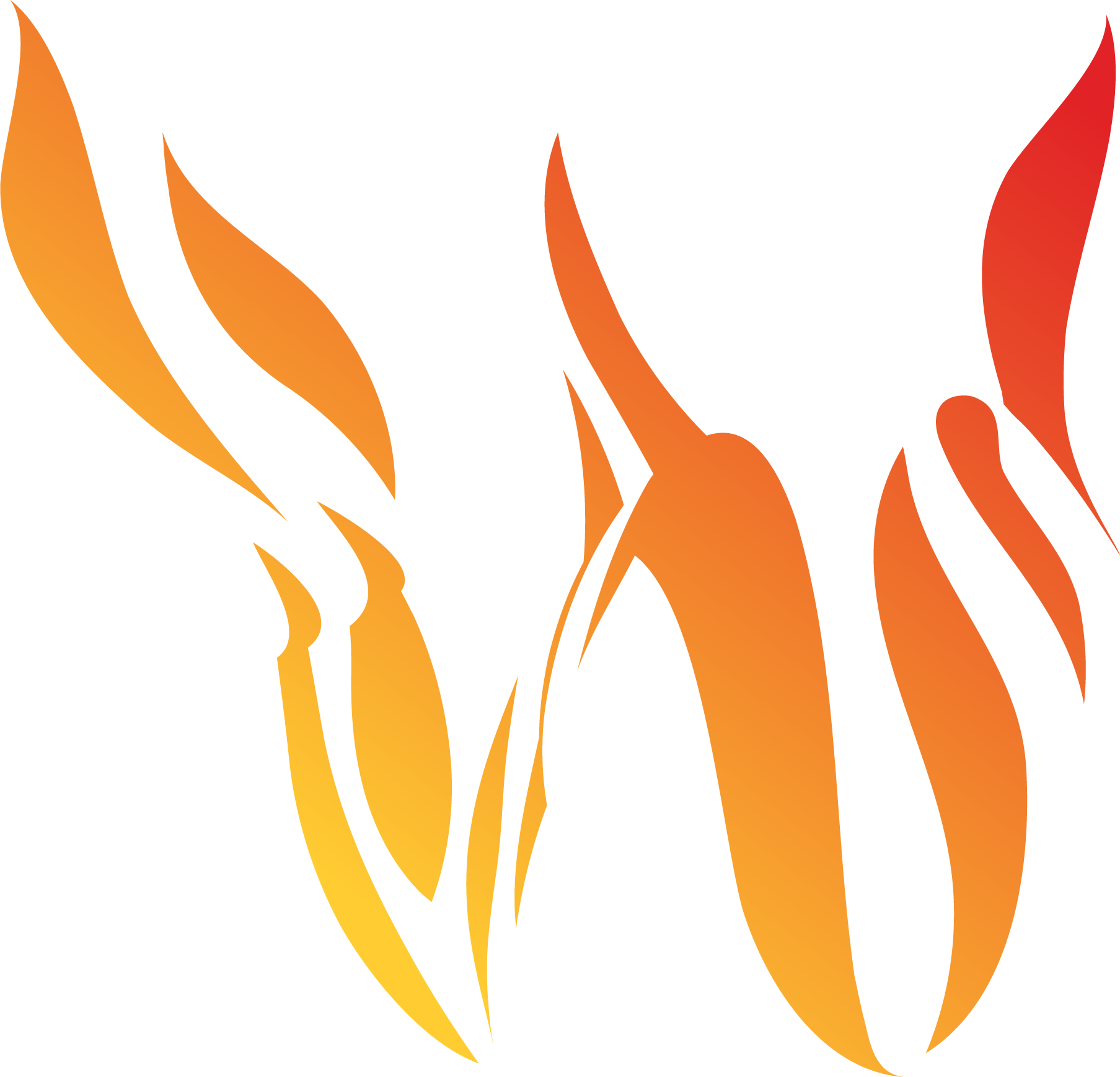Fuels and Vegetation
Live Fuel Moisture (LFM) Data
FireRisk/FireSim currently uses the weekly Herbaceous and Woody LFM in the Netcdf weather files provided by Technosylva.
This new model for Herbaceous and Woody LFM includes in these calculations:
Phenology (monthly variations based on GSI)
Remote Sensing based on daily MODIS imagery
LFM stations data
Drought Index (SPEI6)
Species
Ecoregions
Tools are provided in the FireSim application to override the LFM data values with constant values if desired. This allows for the local knowledge of the user to be applied if they believe the prediction data is incorrect.
Fuel Moisture
Fuel moisture is a measure of the amount of water in a fuel (vegetation) available to a fire, and is expressed as a percent of the dry weight of that specific fuel. Stated generally by NCEI NOAA, “When fuel moisture content is high, fires do not ignite readily, or at all, because heat energy has to be used to evaporate and drive water from the plant before it can burn. When the fuel moisture content is low, fires start easily and will spread rapidly - all of the heat energy goes directly into the burning flame itself.”
Technosylva fuel moisture calculations utilize the Weather Research and Forecasting (WRF) model as input to the Nelson dead fuel moisture model, which is widely accepted across the fire behavior modeling community. The dead fuel moisture results have 2km spatial resolution and the resulting classifications represent the time lag it takes for a fuel’s moisture content to reach equilibrium with its environment.
The dead fuels forecasted for your service territory include:
Moisture 1hr or 1-hr Fuel Moisture: 1-hr fuels are the fine dead fuels, with diameters less than 0.25”, such as grasses. The moisture contents of 1-hr fuels respond quickly (within minutes) to changing weather conditions.
Moisture 10hr or 10-hr Fuel Moisture: 10-hr fuels are small dead fuels, with diameters ranging from 0.25” to 1”. The moisture contents of 10-hr fuels respond quickly to changing weather conditions, but not as quickly as the 1-hr fuels.
Moisture 100hr or 100-hr Fuel Moisture: 100-hr fuels are standard dead fuels, with diameters ranging from 1” to 3”. Due to the larger size, the moisture content of 100-hr fuels respond slower to changing weather conditions. 100-hr fuels can be used to estimate the average moisture content of the forest floor.
The live fuel moisture products are derived from a machine learning model that ingests satellite and in-situ observations. The metrics are updated weekly for your service territory including
Woody LFM - Woody Live Fuel Moisture (shrubs and trees)
Herbaceous LFM - Herbaceous Live Fuel Moisture (primarily grasses)
Live fuel moistures differ from herbaceous fuels and woody fuels, primarily due to phenological differences. To understand how to use these percentages, NWCG defines the flammability range extends from about 35 percent to well over 200 percent in living vegetation, and about 1.5 to 30 percent for dead fuels. Learn more about these fuel definitions at NWCG.
Soil moisture for fire extinction is generally considered 15%. At 15% soil moisture content, there is likely no fire spread.
Technosylva 2020 Surface Fuels & Canopy Fuels Data
The Technosylva 2020 Surface Fuels are the primary source dataset. This group of layers includes the main Layer for fire behavior modeling, the Fuel models SB40 (Scott & Burgan methodology) updated with Technosylva WUI land cover categories
Crown fuels are derived and updated from Technosylva 2020 data. These layers are:
CBD (Canopy Bulk Density)
CBH (Canopy Base Height)
CC (Canopy Cover)
CH (Canopy Height)
Surface and crown fuels are updated to incorporate disturbances and regrowth in burn areas in pre-fire season, monthly during fire season, and finally at the end of fire season.
